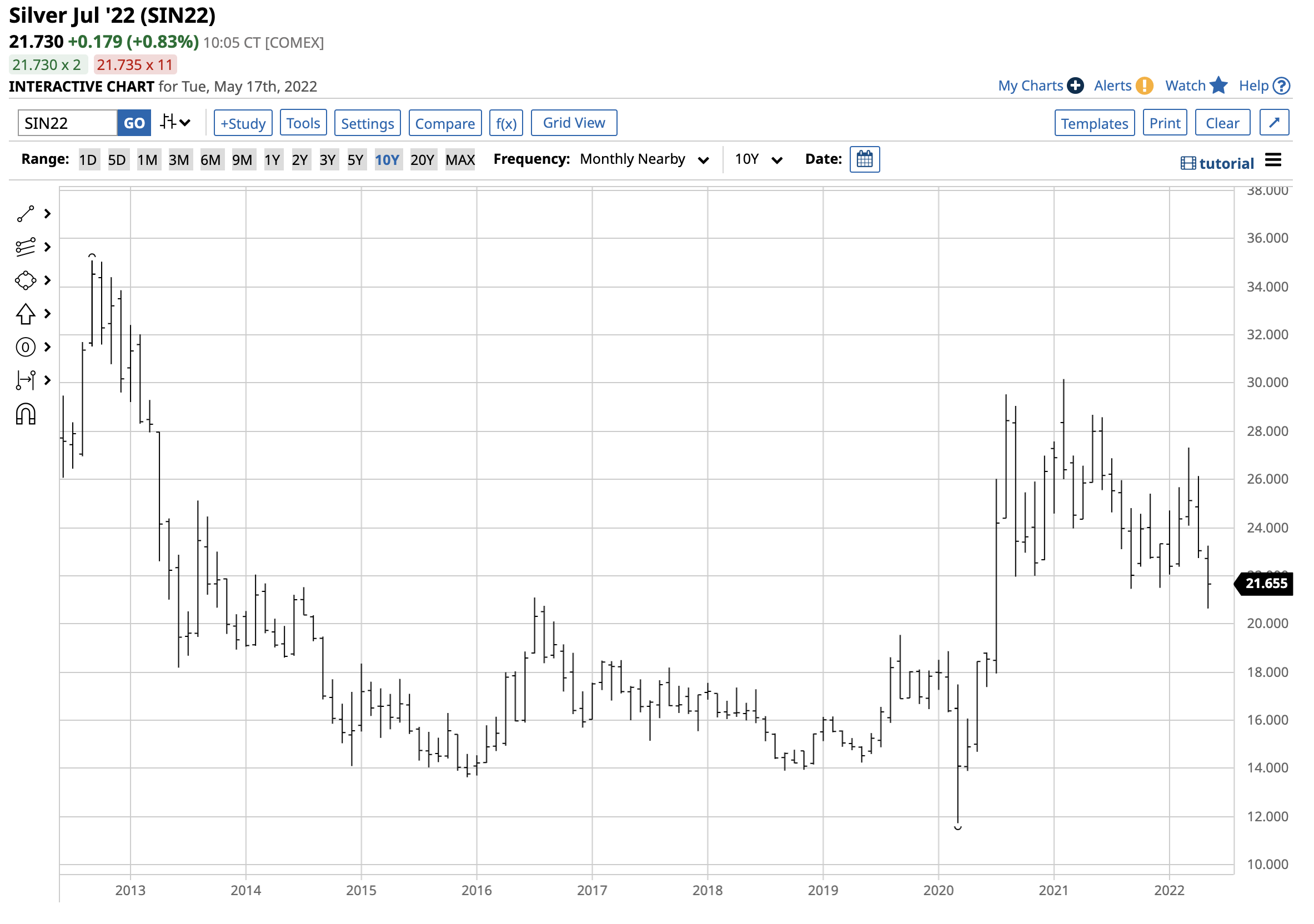
It can be a great way of taking advantage of low interest rates by investing in low duration bonds funds. These funds are often designed to reduce volatility and lower interest rate risk than other money market funds. These funds invest only in debt instruments with maturities between six and twelve months. These funds also offer a steady income stream. These investments are suitable for those who are less concerned about risk, particularly retirees.
Many investors are now using the term duration to determine their portfolio's interest rate risk. While duration is an important term in fixed income investing. However, some fund managers believe that too much emphasis on the length of time can lead to investors feeling unsafe. You should also consider other factors. Certain bond funds may have shorter maturities which can lead to significant value loss when interest rates rise. A bond with an eight-year duration would lose 16% of its value if the interest rate rose by two points. The interest rate risk for the same bond with a one-year duration would be much lower.

Duration is a measure to your sensitivity for interest rate changes. Some fund mangers are trying to decrease this sensitivity by using derivatives, or buying bonds with shorter maturities. Some funds have started placing duration limits in their prospectuses. Others have renamed their funds to emphasize the duration.
Pimco, the US-based bond giant, has added two low duration funds to its offshore fund range. Mark Kiesel runs the Pimco Low Duration global Investment Grade Credit Fund. Mihir Worah runs the Pimco GIS global low duration real return fund. Both funds invest in a mixture of corporate and government bonds. They have had roughly equal NAV performance since inception. But, their gap has narrowed each year.
Investors who are concerned about rising interest rates may also consider the BLW fund. The fund's high distribution yield is a major draw for retirees. It has outperformed most bond indexes in the past year, and it has outperformed the S&P 500 over the past five years. This fund has a poor credit quality. Its holdings are more likely to perform poorly during downturns.
BLW has a very low duration which can be a major advantage as it makes it less sensitive to changes in interest rates. A bond with a term of eight years would lose 16 percent if interest rates rose one point. However, a bond with a duration of one year would lose only two percent of its value. A low maturity date and poor credit quality may also reduce interest rate exposure.

Many bond fund investors worry about the effects of rising rates. The 10-year G-10-sec yield has increased substantially since the RBI reduced key policy rates in March. Although the yield is not yet zero, it is very close. Investors should be vigilant for market edginess.
FAQ
Why is a stock called security.
Security is an investment instrument whose value depends on another company. It may be issued by a corporation (e.g., shares), government (e.g., bonds), or other entity (e.g., preferred stocks). The issuer can promise to pay dividends or repay creditors any debts owed, and to return capital to investors in the event that the underlying assets lose value.
What is the trading of securities?
Stock market: Investors buy shares of companies to make money. To raise capital, companies issue shares and then sell them to investors. Investors then sell these shares back to the company when they decide to profit from owning the company's assets.
Supply and demand determine the price stocks trade on open markets. If there are fewer buyers than vendors, the price will rise. However, if sellers are more numerous than buyers, the prices will drop.
There are two ways to trade stocks.
-
Directly from the company
-
Through a broker
What is a mutual funds?
Mutual funds are pools of money invested in securities. Mutual funds provide diversification, so all types of investments can be represented in the pool. This helps reduce risk.
Managers who oversee mutual funds' investment decisions are professionals. Some funds permit investors to manage the portfolios they own.
Mutual funds are more popular than individual stocks, as they are simpler to understand and have lower risk.
What is the role and function of the Securities and Exchange Commission
SEC regulates securities brokers, investment companies and securities exchanges. It also enforces federal securities law.
Why is marketable security important?
An investment company's primary purpose is to earn income from investments. It does this through investing its assets in various financial instruments such bonds, stocks, and other securities. These securities have attractive characteristics that investors will find appealing. They may be safe because they are backed with the full faith of the issuer.
It is important to know whether a security is "marketable". This refers to how easily the security can be traded on the stock exchange. If securities are not marketable, they cannot be purchased or sold without a broker.
Marketable securities are government and corporate bonds, preferred stock, common stocks and convertible debentures.
These securities are preferred by investment companies as they offer higher returns than more risky securities such as equities (shares).
What is a Stock Exchange?
A stock exchange allows companies to sell shares of the company. This allows investors and others to buy shares in the company. The price of the share is set by the market. It is typically determined by the willingness of people to pay for the shares.
Stock exchanges also help companies raise money from investors. To help companies grow, investors invest money. Investors buy shares in companies. Companies use their money to fund their projects and expand their business.
There are many kinds of shares that can be traded on a stock exchange. Some of these shares are called ordinary shares. These are the most popular type of shares. Ordinary shares can be traded on the open markets. Prices of shares are determined based on supply and demande.
Preferred shares and debt security are two other types of shares. Priority is given to preferred shares over other shares when dividends have been paid. If a company issues bonds, they must repay them.
Statistics
- For instance, an individual or entity that owns 100,000 shares of a company with one million outstanding shares would have a 10% ownership stake. (investopedia.com)
- US resident who opens a new IBKR Pro individual or joint account receives a 0.25% rate reduction on margin loans. (nerdwallet.com)
- Ratchet down that 10% if you don't yet have a healthy emergency fund and 10% to 15% of your income funneled into a retirement savings account. (nerdwallet.com)
- The S&P 500 has grown about 10.5% per year since its establishment in the 1920s. (investopedia.com)
External Links
How To
How to make a trading plan
A trading plan helps you manage your money effectively. It helps you understand your financial situation and goals.
Before you create a trading program, consider your goals. You may want to save money or earn interest. Or, you might just wish to spend less. You may decide to invest in stocks or bonds if you're trying to save money. You can save interest by buying a house or opening a savings account. You might also want to save money by going on vacation or buying yourself something nice.
Once you know your financial goals, you will need to figure out how much you can afford to start. It depends on where you live, and whether or not you have debts. It is also important to calculate how much you earn each week (or month). Income is the sum of all your earnings after taxes.
Next, save enough money for your expenses. These include rent, bills, food, travel expenses, and everything else that you might need to pay. Your total monthly expenses will include all of these.
Finally, you'll need to figure out how much you have left over at the end of the month. This is your net disposable income.
Now you know how to best use your money.
Download one from the internet and you can get started with a simple trading plan. Ask someone with experience in investing for help.
Here's an example spreadsheet that you can open with Microsoft Excel.
This graph shows your total income and expenditures so far. It includes your current bank account balance and your investment portfolio.
Here's another example. A financial planner has designed this one.
It shows you how to calculate the amount of risk you can afford to take.
Remember, you can't predict the future. Instead, you should be focusing on how to use your money today.